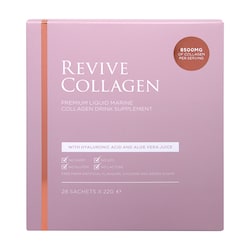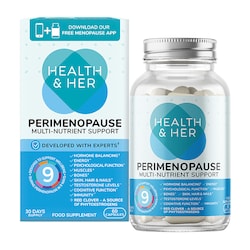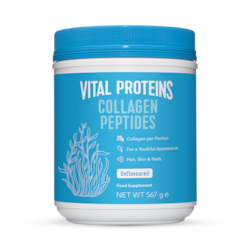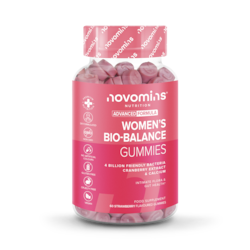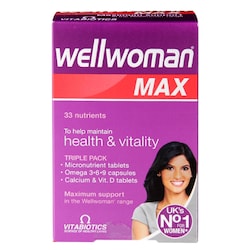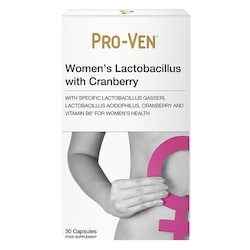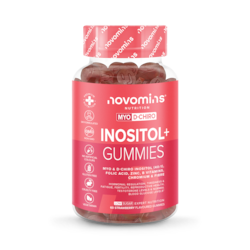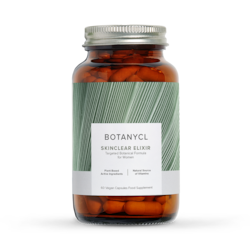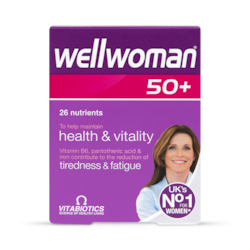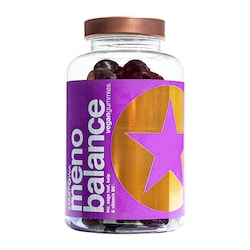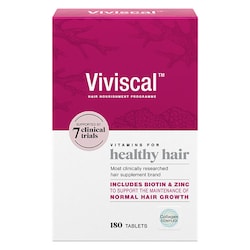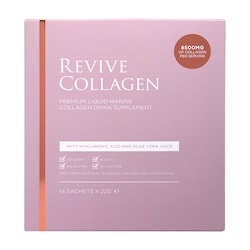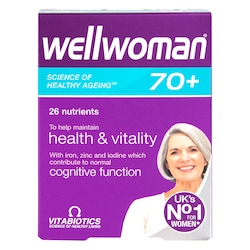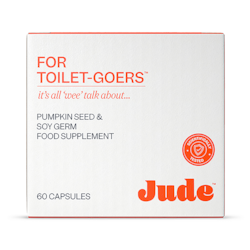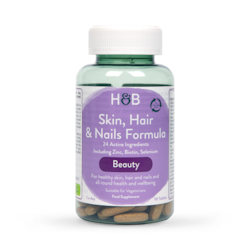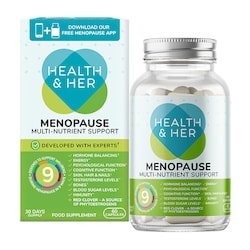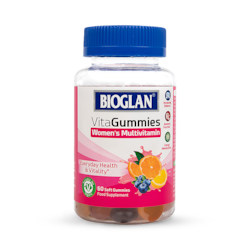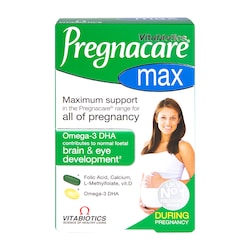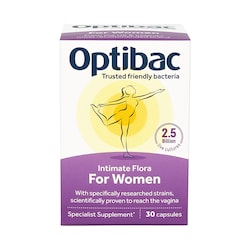15% off £20
Code:TREAT
What is milk fat globule membrane (MFGM)?

We have all heard the adage ‘breast is best’ but what exactly is the milk fat globule membrane and is it only found in breast milk? We take a closer look.
Summary
1So what is the milk fat globule membrane?
Milk from mammals is made up of large droplets, which are composed of fat molecules, called milk fat globules. These are targeted to release fatty...
2Why is MFGM so important?
MFGM are formed by a small subcategory of milk proteins, approximately 3-4% of the total protein which is present in human milk...
3Is MFGM present in formula milk?
Over the last 60 years, there have been huge advances in the development of formulas and MFGM is now available as a formula ingredient, developed...
A mother’s milk is a unique formula which meets all the growth and development needs of a new-born baby.
The composition of human milk is influenced by maternal genetics and, to a lesser extent, diet and environment and it has many beneficial properties.1
One important component of milk from mammals is the ‘milk fat globule membrane’ or MFGM and it has got scientists and parents alike talking about it in recent years, thanks to its nutritional properties.
We have all heard the adage ‘breast is best’ but what exactly is the milk fat globule membrane and is it only found in breast milk? Here we take a closer look.
So what is the milk fat globule membrane?
Milk from mammals is made up of large droplets, which are composed of fat molecules, called milk fat globules. These are targeted to release fatty acids as well as impart additional gut health.2
The milk fat globules are surrounded by a rare, double-layered, phospholipid membrane structure.
This membrane structure is the part which is known as the milk fat globule membrane (MFGM).3 It consists of glycosylated membrane-bound proteins, polar lipids and carbohydrates, originating from the mammary gland plasma membrane.4
As well as being present in human milk, the milk fat globule membrane is an important component of lots of other mammal’s milk too.
Why is MFGM so important?
MFGM are formed by a small subcategory of milk proteins, approximately 3-4% of the total protein which is present in human milk.5
Although there has been little research into MFGM, there is evidence to suggest that the components of the MFGM may help the structural and functional maturation of the baby’s gut by providing essential nutrients and regulating cellular events during their growth.6
MFGM may help to shape gut microbial populations which might help to protect against diseases in early life.7
MFGM also plays an important role in brain structure and function as well as cognitive development.8
Clinical trials have shown that babies who have formula containing the milk fat globule membrane go on to score higher in cognitive, language and motor development by their first birthdays than babies who consumed a formula which did not contain MFGM.9
Studies into the MFGM have recently been increasing, in a bid to learn more about it and its benefits on infant development.
Is MFGM present in formula milk?
While breastfeeding is the best option for a baby’s development, and is recommended as the sole source of nutrients for the baby’s first six months of life, it is not always possible.10
Some mothers may be unable to produce a healthy breast milk supply. They may be suffering from an infectious disease or they may be taking medication which makes breastfeeding unsafe.11
Also, some babies may not have their mother with them to breast feed them, if they have been taken into care, they were born from surrogacy or if they have been adopted.
There also may be lifestyle reasons for a mother being unable to breastfeed.
For some women it may not be emotionally possible or work commitments may mean that you do not have the time to exclusively breastfeed your baby and need to sometimes supplement this with formula.
Traditionally, milk fat globule membrane was not present in most infant formulas. Replicating the milk fat globule (MFG) is difficult thanks to its highly complex structure and variable composition.12
Most formulas get their lipids from vegetable oil sources instead which are very different in both size and composition to MFGM.13
This means that formulas had either low concentrations of, or were completely lacking in, the biologically important building blocks which are present in the milk fat globule membrane.14
However, over the last 60 years, there have been huge advances in the development of formulas and MFGM is now available as a formula ingredient, developed from bovine sources, meaning that many infant formulas are now closer to human milk than ever before.
What is lactoferrin?
Lactoferrin is a protein also found in breast milk. It helps to support digestive health and the immune system.
MFGM and lactoferrin are both components which were traditionally only found in breast milk and which are now being added as ingredients to infant formula.15
- https://www.frontiersin.org/articles/10.3389/fped.2018.00313/full
- https://www.sciencedirect.com/topics/agricultural-and-biological-sciences/fat-globules
- https://badgut.org/information-centre/a-z-digestive-topics/milk-fat-what-the-mfgm/
- https://pubmed.ncbi.nlm.nih.gov/31096073/
- https://www.ncbi.nlm.nih.gov/pmc/articles/PMC3257596/
- https://www.frontiersin.org/articles/10.3389/fped.2018.00313/full
- https://www.frontiersin.org/articles/10.3389/fped.2018.00313/full
- https://www.enfamil.com/articles/what-is-lactoferrin-what-is-mfgm-in-formula-benefits/
- https://www.sciencedaily.com/releases/2019/10/191024122642.htm
- https://www.frontiersin.org/articles/10.3389/fped.2018.00313/full
- https://www.verywellfamily.com/why-some-women-cant-breastfeed-4153606
- https://www.frontiersin.org/articles/10.3389/fped.2018.00313/full
- https://www.ncbi.nlm.nih.gov/pmc/articles/PMC5368573/
- https://www.arlafoodsingredients.com/early-life-nutrition/our-ingredients/milk-fat-globule-membrane/
- https://www.enfamil.com/articles/what-is-lactoferrin-what-is-mfgm-in-formula-benefits/
The advice in this article is for information only and should not replace medical care. Please check with your GP or healthcare professional before trying any supplements, treatments or remedies. Food supplements must not be used as a substitute for a varied and balanced diet and a healthy lifestyle.


